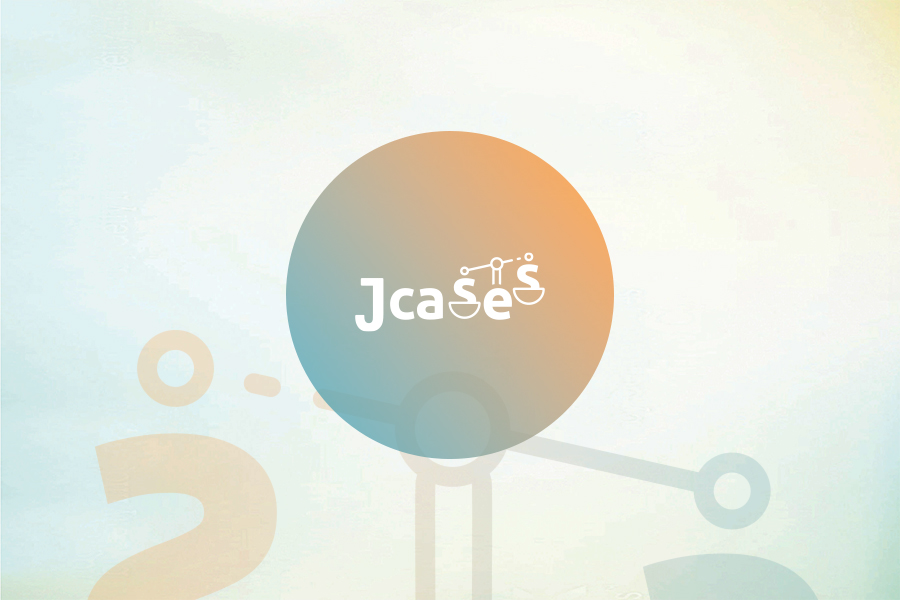
The European Patent Office (EPO) has recently published the Patent Index 2024, the annual report that provides a snapshot of the trends in European patent applications filed over the past year.
Despite a globally uncertain economic context, 2024 ended with a nearly stable number of new European patent applications: a total of 199,264 applications were filed, marking a slight decrease of just 0.1% compared to the previous year. This stability confirms the attractiveness of the European technology market, especially in highly innovative sectors such as artificial intelligence, clean technologies, and electric mobility.
Trends over the past 5 years

Source: EPO.
Status: 3.2.2025.
1 European patent applications include direct European applications and international (PCT) applications that entered the European phase during the reporting period (Euro-PCT).
2 Where several applicants are mentioned on the application form, the country of residence of the first applicant listed applies.
Europe and technology: a winning combination
The 39 member states of the EPO contributed 43.3% of new European patent applications, showing a slight increase of +0.3% compared to 2023.
The United States maintained its leading position with 24% of all applications, followed by:
- Germany (12.6%)
- Japan (10.6%)
- China (10.1%)
- South Korea (6.6%)
Among European countries, Ireland (+4.4%), Switzerland (+3.2%), and the United Kingdom (+3.1%) stood out for their strong growth.
Italy, on the other hand, recorded one of the steepest declines: -4.5%.
 Source: EPO.
Source: EPO.
Status: 3.2.2025.
1 European patent applications include direct European applications and international (PCT) applications that entered the European phase during the reporting period.
2 Where several applicants are mentioned on the application form, the country of residence of the first applicant listed applies.
3 EPO states: the 39 member states of the European Patent Organisation, which includes the 27 states of the European Union.
Italy: a setback after years of growth
In 2024, Italy filed 4,853 European patent applications, down from 5,085 in the previous year (-4.5%).
This decline breaks a multi-year positive trend and places Italy in 11th position globally, while still maintaining 5th place within the EU, behind Germany, France, the Netherlands, and Sweden.
Despite this contraction, Italian companies continue to invest in the new unitary patent system, having submitted 1,666 requests—placing Italy second among European countries in terms of adoption of the new system (effective since 1 June 2023).
These figures reflect a growing awareness among Italian companies of the benefits of a more efficient management of their patent portfolio.
Technology fields: AI and energy drive growth
In 2024, computer technology was the most active field in terms of European patent applications, with 16,815 filings, showing a +3.3% increase year-on-year.
This growth is largely driven by the surge in artificial intelligence solutions, particularly in machine learning and pattern recognition.
However, the sector with the highest growth was electrical machinery, apparatus, and energy, which rose by +8.9% with 16,142 filings, fuelled by ongoing innovation in batteries and clean energy technologies.
Other growing fields include:
- Biotechnology: +5.4%
- Transportation: +3.5%
Conversely, the following fields declined:
- Medical technology: -3.0%
- Digital communication: -6.3%
- Pharmaceuticals: -13.2%

Source: EPO.
Status: 3.2.2025.
1 European patent applications include direct European applications and international (PCT) applications that entered the European phase during the reporting period.
2 The definition of the fields is based on the WIPO IPC technology concordance. The table is available at: http://www.wipo.int/export/sites/www/ipstats/en/statistics/patents/xls/ipc_technology.xls.
Conclusions
2024 highlights Europe’s continued centrality in global innovation, with rapidly evolving technological sectors.
Although Italy saw a slight decline in absolute numbers, it continues to provide an industrial ecosystem capable of innovating—particularly in mechanics and electronics.
The increasing adoption of the unitary patent system by Italian companies is an interesting signal: they are recognizing the strategic value of the new unified European protection tool. The entry into force of the Unified Patent Court has marked a shift in paradigm, and in the medium term, this evolution is expected to boost patenting activity, reinforcing the strategic role of intellectual property in enhancing business competitiveness.



